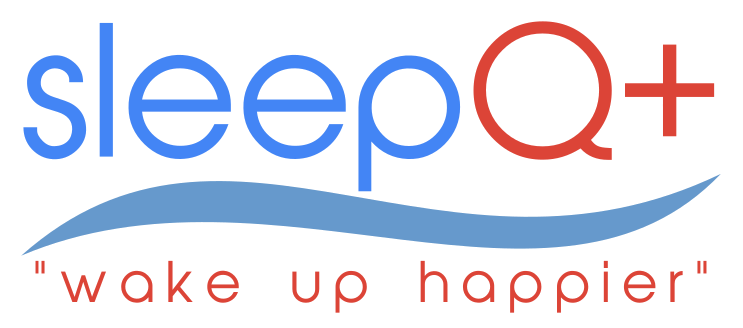February 17, 2020
In the words of a happy CPAP patient:
“I have been able to progressively lower my CPAP pressure from 15 mm to 12 mm while still maintaining a 30-day average AHI of 3.0.”
What is CPAP?
Continuous Positive Airway Pressure (CPAP) is the gold standard treatment for obstructive sleep apnea. Pressurized air, generated by a pump, maintains a constant pressure in the mask and the patient’s airway to keep the airway open so oxygen can get to the lungs.
Why is mouth breathing a problem?
The air in a CPAP appliance does not circulate like water through a hose; it should remain at a constant pressure like air in a balloon, which only happens as long as the patient keeps their mouth closed. When a patient’s mouth opens, the air escapes out of the mouth causing the air pressure supporting the airway to be less than is required to keep the airway open. This reduces the efficiency of the CPAP therapy and can result in the patient waking up with a dry mouth and dry throat, caused by the circulating air, and a sinus headache. Keeping your mouth closed during sleep can be impossible without help.
What to do about it? Here are some solutions:
Heated Humidification. The latest CPAP machines often have heated humidification to add moisture to the air so the airway, throat and mouth don't get dried out from the pressurized air escaping through the mouth, but mouth breathing will still lead to an increase in nasal mucosal blood flux, which causes nasal and sinus congestion.
Full Face Masks. CPAP mask designers have attempted to address the mouth breathing problem by developing a full face mask. A full face mask is designed to cover both the nose and the mouth but they are bulky, tend to leak, because more mask surface is against the face, and do not control mouth breathing. People in general prefer a nasal mask that covers only the nose, but a nasal mask leaves the mouth free to open during sleep.
Chin Straps. Chinstraps, made of stretchable material with Velcro attachments, are designed to keep the mouth closed using force to prevent the jaw from dropping open. They go under the chin and attach at the top of the head but they can be uncomfortable and some of them may cut across the ear, rubbing or intruding on sensitive skin. Because chin straps are made of stretchable material, they need to be tightened, sometimes significantly, to keep the mouth closed during sleep. The more force that needs to be used to close the mouth the more the jaw is pulled toward the throat, increasing the risk of the airway becoming restricted as a result of the receding chin.
Adhesive Strips and Mouth Taping. U-shaped adhesive strips are available, but use force to pull the jaw up and the mouth closed, although mouth breathing is still possible. The strips can be uncomfortable and may cause skin damage when pulled off the face in the morning. Taping your mouth shut by placing medical paper tape over your lips is risky and may cause choking if the tape is sucked back into the throat during sleep.
A simple and effective solution for mouth breathing that has no nasty side effects is sleepQ+
Updated February 17 2020
Comments will be approved before showing up.
March 09, 2025
There is extensive scientific research that supports the link between mouth breathing and sleep disorders.
The nose is nature’s design to deal with air intake. (1) Mouth breathing is linked to reduced exercise capacity (2), snoring, sleep apnea, (3) sleep disorders and attention deficit hyperactive disorder (ADHD) (4) sinus congestion, facial abnormalities (5), allergies, asthma, dental crowding and crooked teeth. (6)
October 21, 2022
July 20, 2022
